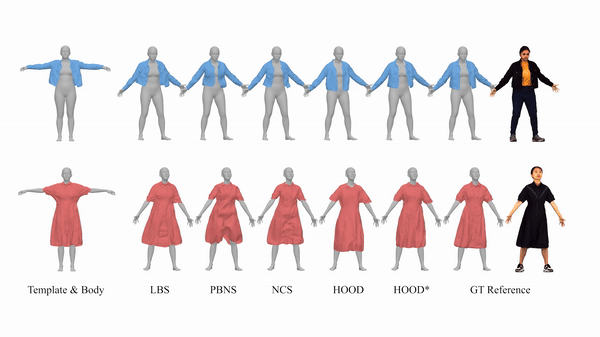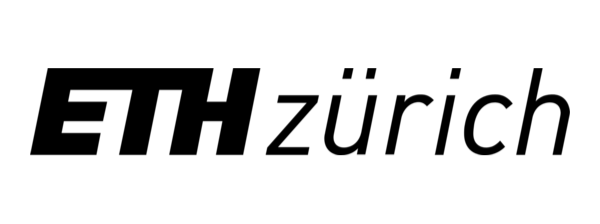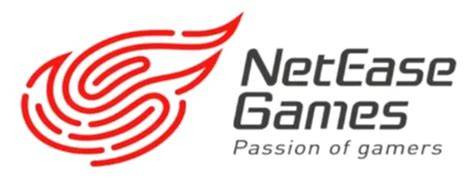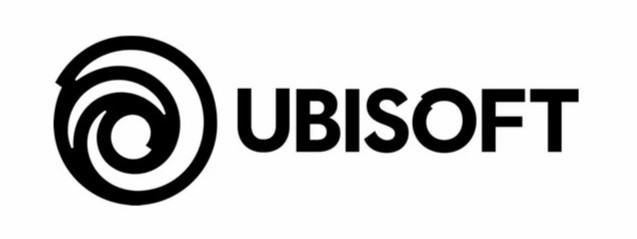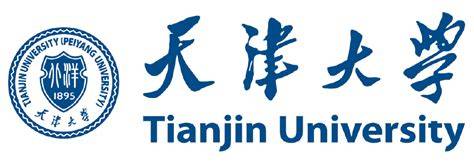Boxiang Rong(荣波翔)
Hi, I’m a Master student in Robotics, Systems, and Control (RSC) at ETH Zurich (2022–), supervised by Artur Grigorev and Prof. Otmar Hilliges. During my studies, I gained industry experience as an intern at Netease Interactive Entertainment (2025) and Ubisoft La Forge (2024). Prior to that, I earned my Bachelor’s degree from Tianjin University (2018-2022).
My research interests lie at the intersection of computer graphics and computer vision, with a focus on rendering and 3D reconstruction. I am passionate about creating immersive virtual worlds and exploring the algorithms behind advanced graphics effects.
Publications
Chord: Chain of Rendering Decomposition for PBR Material Estimation from Generated Texture images
Zhi Ying*, Boxiang Rong*, Jingyu Wang, Maoyuan Xu
SIGGRAPH Asia 2025
[Project Page][Arxiv][Code (Coming Soon)]
Gaussian Garments: Reconstructing Simulation-Ready Clothing with Photo-Realistic Appearance from Multi-View Video
Boxiang Rong*, Artur Grigorev*, Wenbo Wang, Michael J. Black, Bernhard Thomaszewski, Christina Tsalicoglou, Otmar Hilliges
3DV 2025
[Project Page][Arxiv][Code][Video]
4D-DRESS: A 4D Dataset of Real-World Human Clothing With Semantic Annotations
Wenbo Wang*, Hsuan-I Ho*, Chen Guo, Boxiang Rong, Artur Grigorev, Jie Song, Juan Jose Zarate, Otmar Hilliges
CVPR 2024 [Project Page][Arxiv][Dataset][Video] 